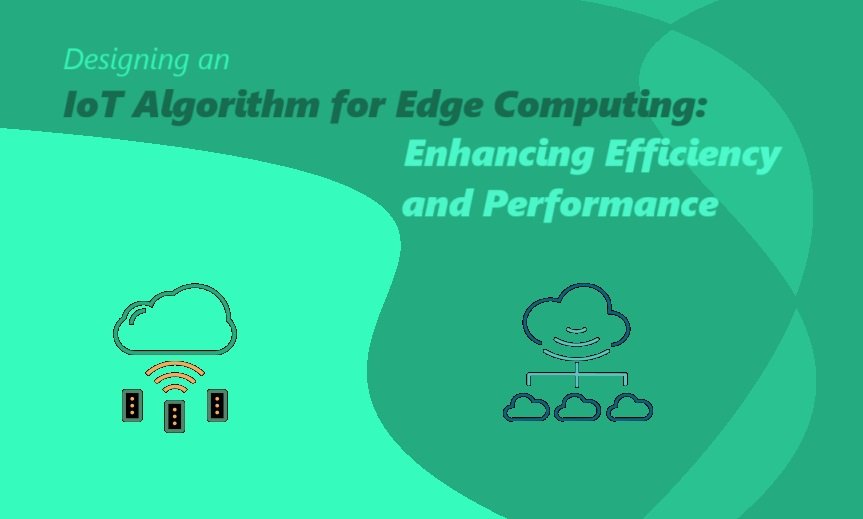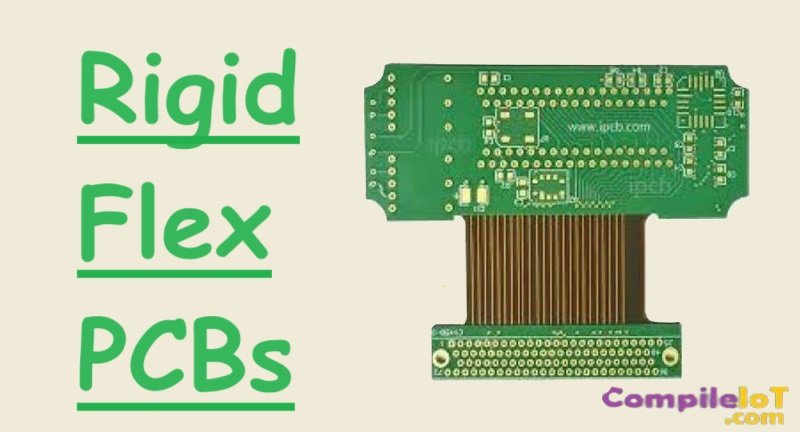Designing an IoT Algorithm for Edge Computing: Analysis Guide
Introduction
With the increasing adoption of IoT (Internet of Things) devices, there is a growing need for efficient data processing and analysis. Edge computing has emerged as a solution to address the challenges of latency, bandwidth, and privacy in IoT networks. In this guide, we will explore the process of designing an IoT algorithm for edge computing and provide valuable insights for analysis.
Understanding Edge Computing
Edge computing refers to the practice of processing and analyzing data at or near the source, rather than sending it to a centralized cloud server. By bringing computation closer to the IoT devices, edge computing reduces latency, minimizes bandwidth usage, and enhances data privacy. This approach is particularly beneficial in scenarios where real-time processing and immediate decision-making are crucial.
The Importance of IoT Algorithm Design
Designing an efficient IoT algorithm is crucial for effective edge computing. An algorithm is a set of rules or instructions that govern the data processing and analysis. A well-designed algorithm can optimize resource utilization, reduce latency, and improve overall system performance. It is essential to consider various factors such as data volume, complexity, and computational capabilities of the edge devices while designing the algorithm.
Steps for Designing an IoT Algorithm for Edge Computing
1. Define the Problem: Clearly identify the problem or task that the algorithm needs to solve. This could be data classification, anomaly detection, predictive analysis, or any other specific objective.
2. Data Collection and Preprocessing: Collect the necessary data from the IoT devices and preprocess it to remove noise, outliers, and irrelevant information. This step ensures that the algorithm receives clean and meaningful data for analysis.
3. Select the Algorithm Type: Choose the appropriate algorithm type based on the problem at hand. Common algorithm types used in edge computing include machine learning algorithms (such as decision trees, neural networks, and support vector machines), statistical algorithms (such as clustering and regression), and rule-based algorithms.
4. Algorithm Development: Develop the algorithm by implementing the chosen algorithm type. This may involve coding, parameter tuning, and optimization to achieve the desired performance.
5. Testing and Evaluation: Test the algorithm using a representative dataset and evaluate its performance. Measure metrics such as accuracy, precision, recall, and F1 score to assess the algorithm’s effectiveness.
6. Deployment and Monitoring: Once the algorithm passes the testing phase, deploy it to the edge devices and monitor its performance in a real-world environment. Continuously monitor and fine-tune the algorithm to ensure optimal performance over time.
Considerations for IoT Algorithm Design
1. Resource Constraints: Edge devices often have limited computational power, memory, and energy resources. It is important to design algorithms that are lightweight and efficient in terms of resource utilization.
2. Real-time Processing: Edge computing is often used in applications that require real-time processing and decision-making. Consider the time constraints and design algorithms that can provide timely results.
3. Data Privacy and Security: Edge computing brings data processing closer to the source, reducing the risk of data breaches and ensuring better data privacy. However, it is still important to incorporate security measures into the algorithm design to protect sensitive information.
4. Scalability: Consider the scalability of the algorithm to handle increasing data volumes and the addition of more IoT devices to the network. Design algorithms that can efficiently scale with the growing demands of the system.
Conclusion
Designing an IoT algorithm for edge computing requires careful consideration of various factors such as problem definition, data preprocessing, algorithm selection, testing, and deployment. By following the steps outlined in this guide and considering the key considerations, you can develop efficient algorithms that leverage the benefits of edge computing in IoT networks. Remember to continuously monitor and optimize the algorithm to ensure its effectiveness in a dynamic environment.
With the right algorithm design, edge computing can unlock the full potential of IoT devices, enabling real-time processing, improved efficiency, and enhanced data privacy.








